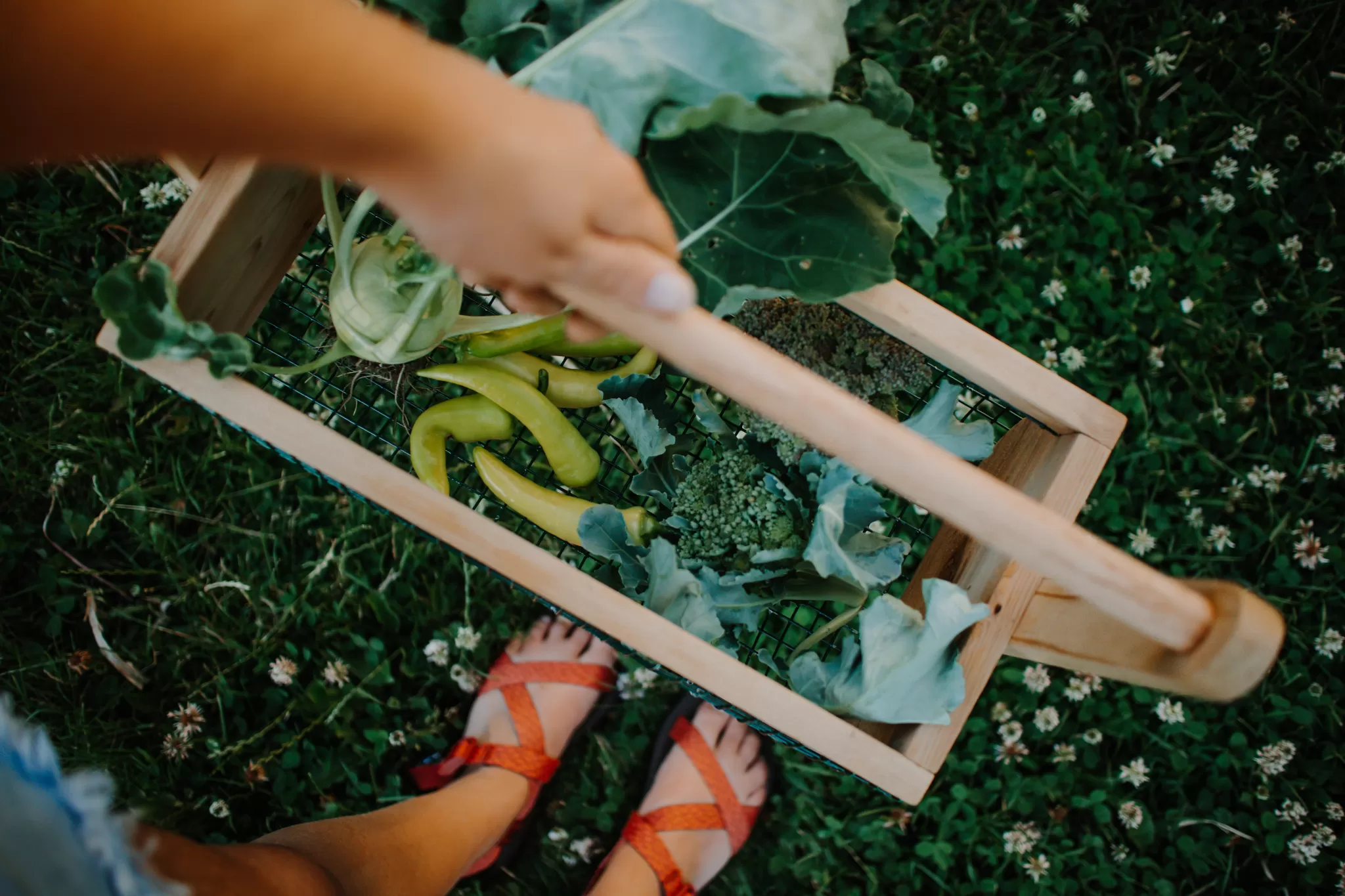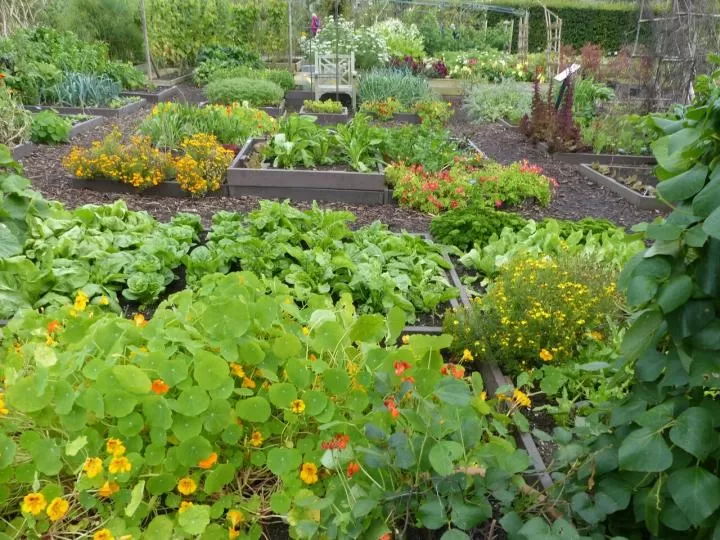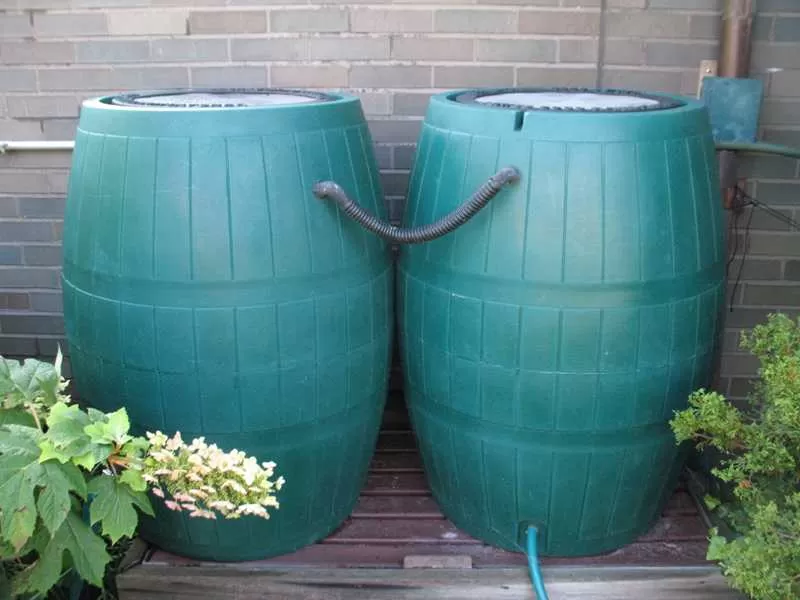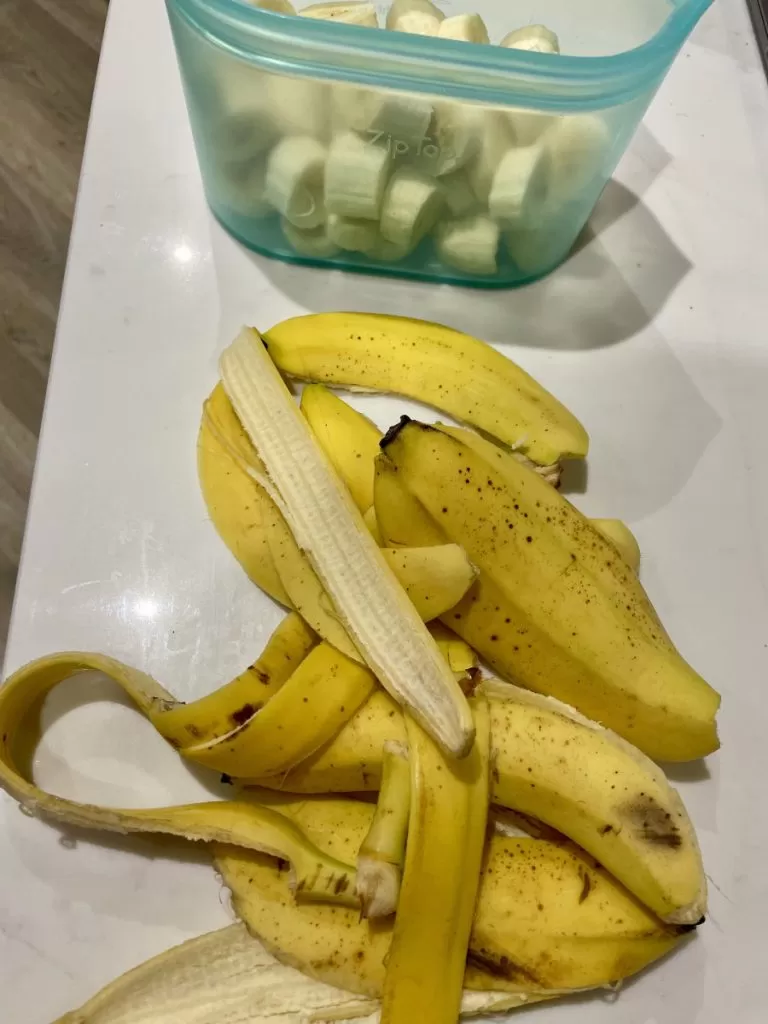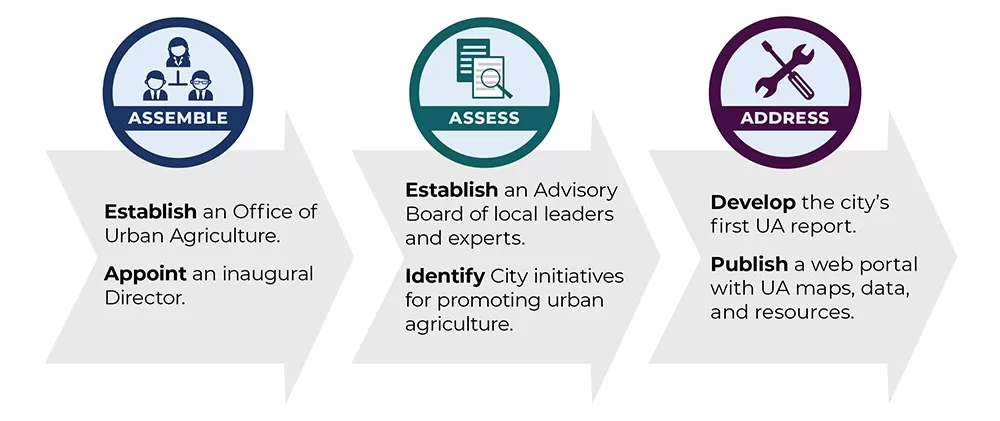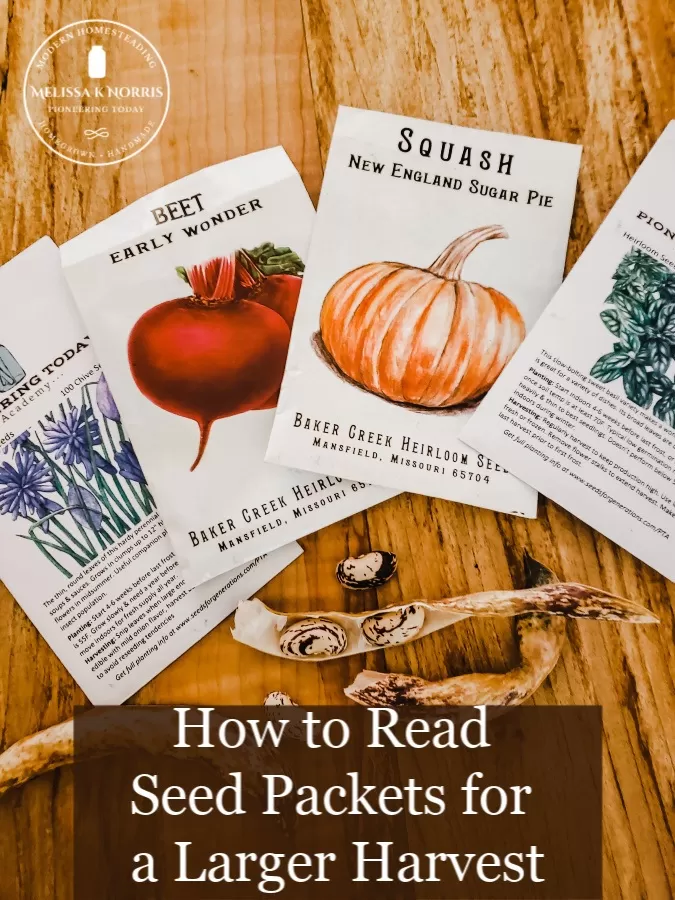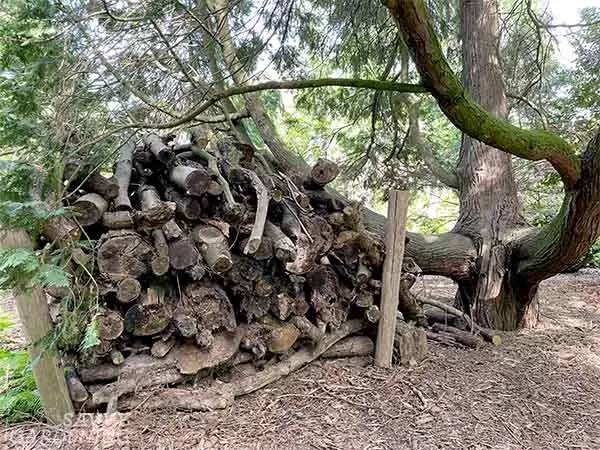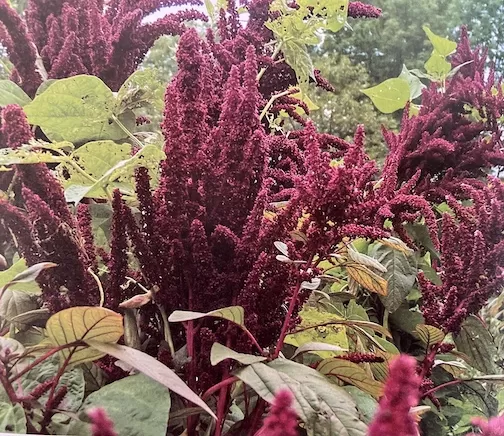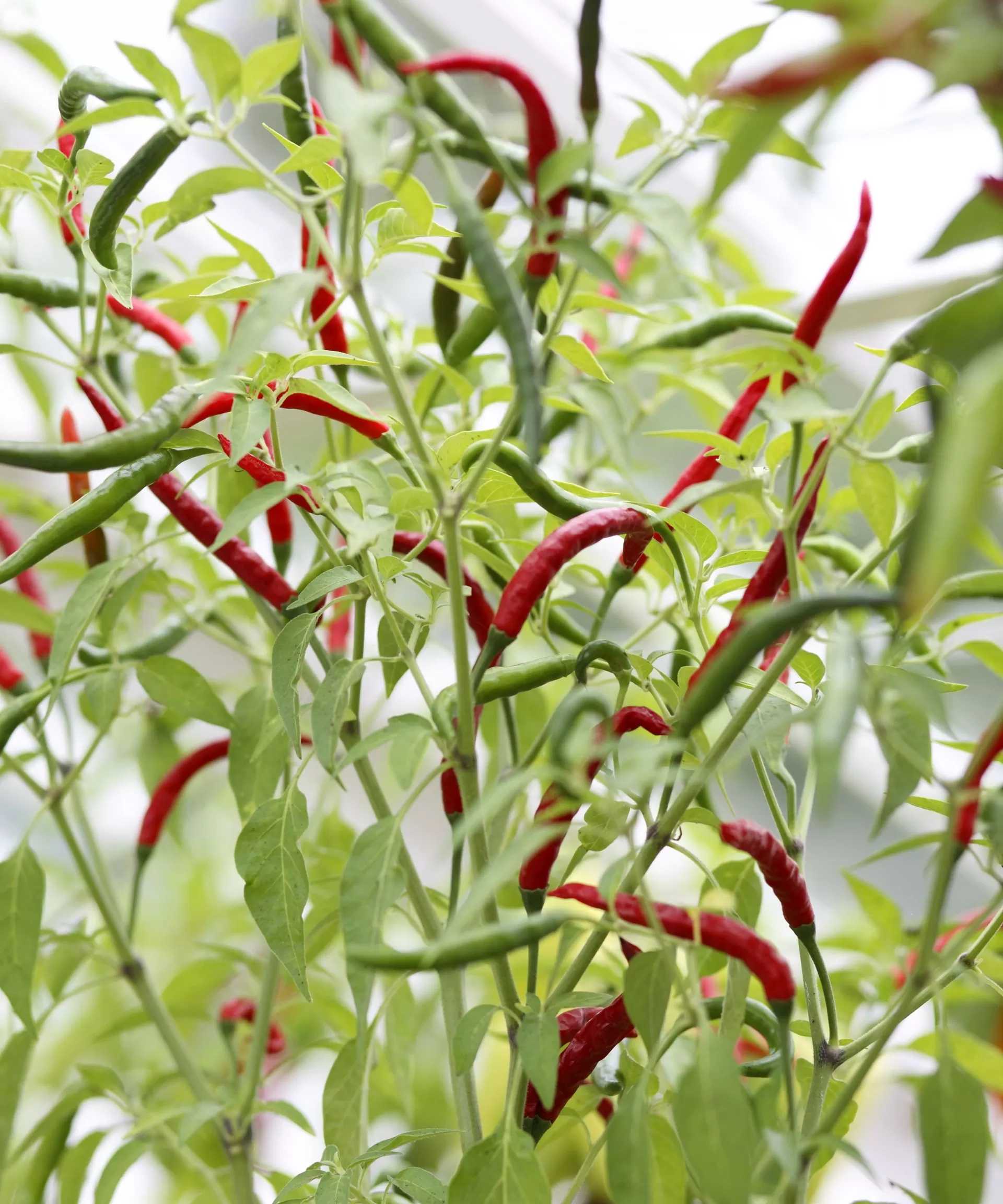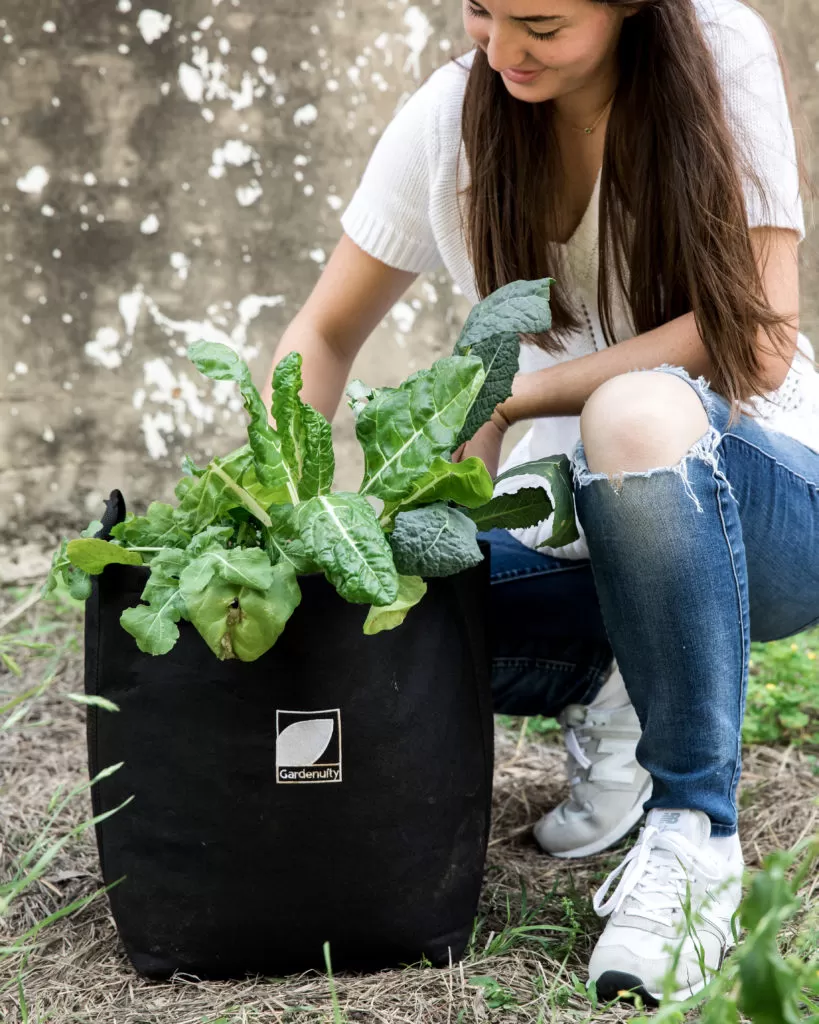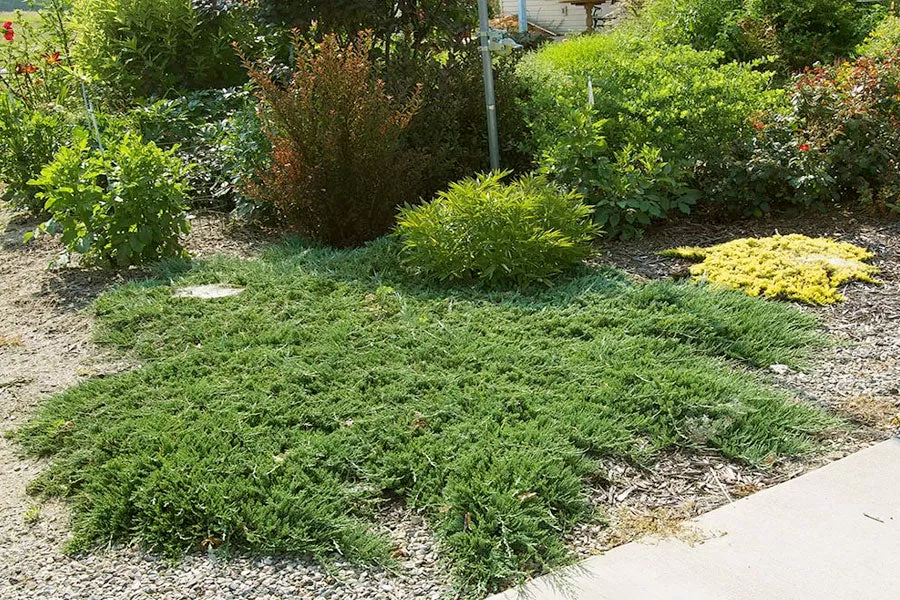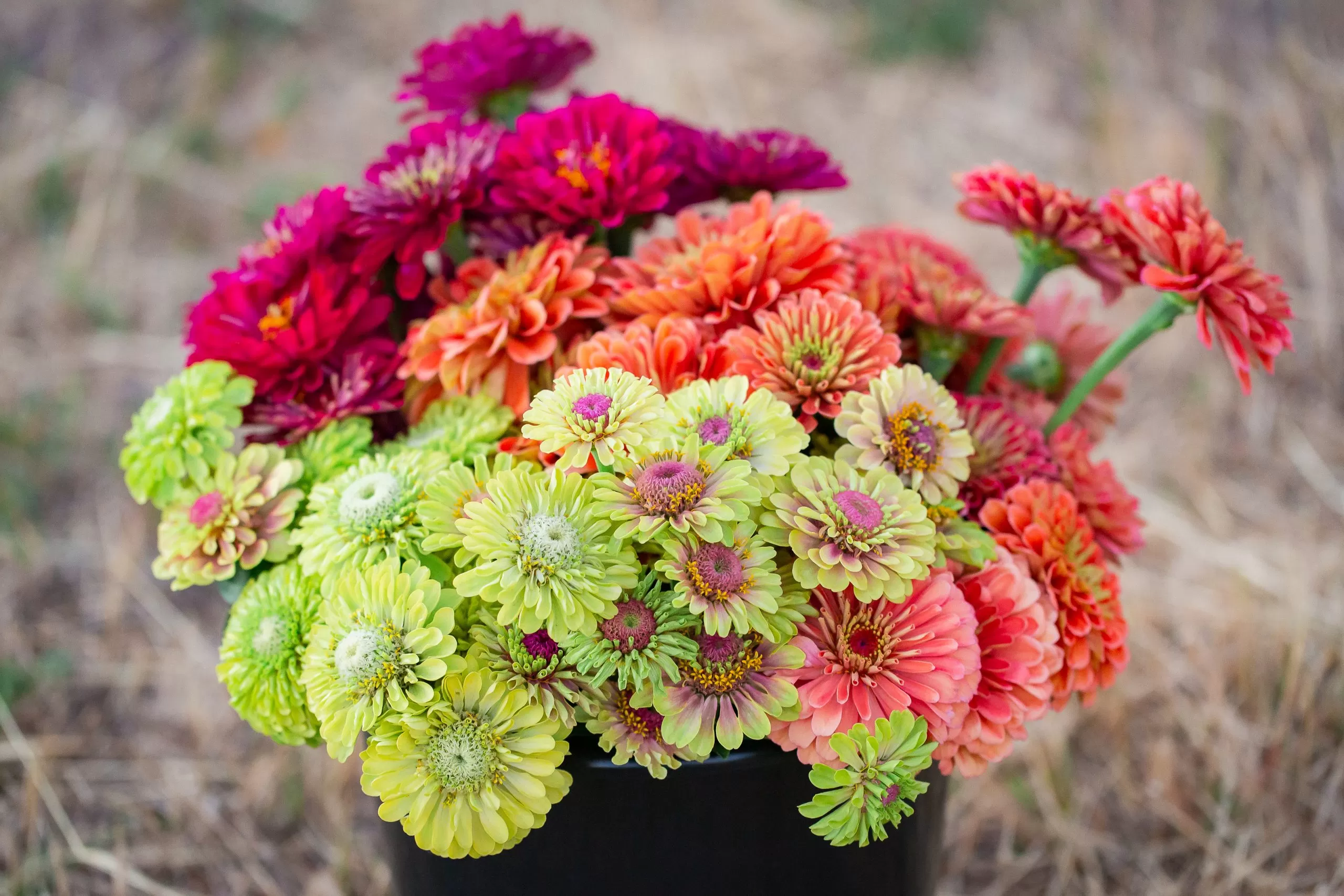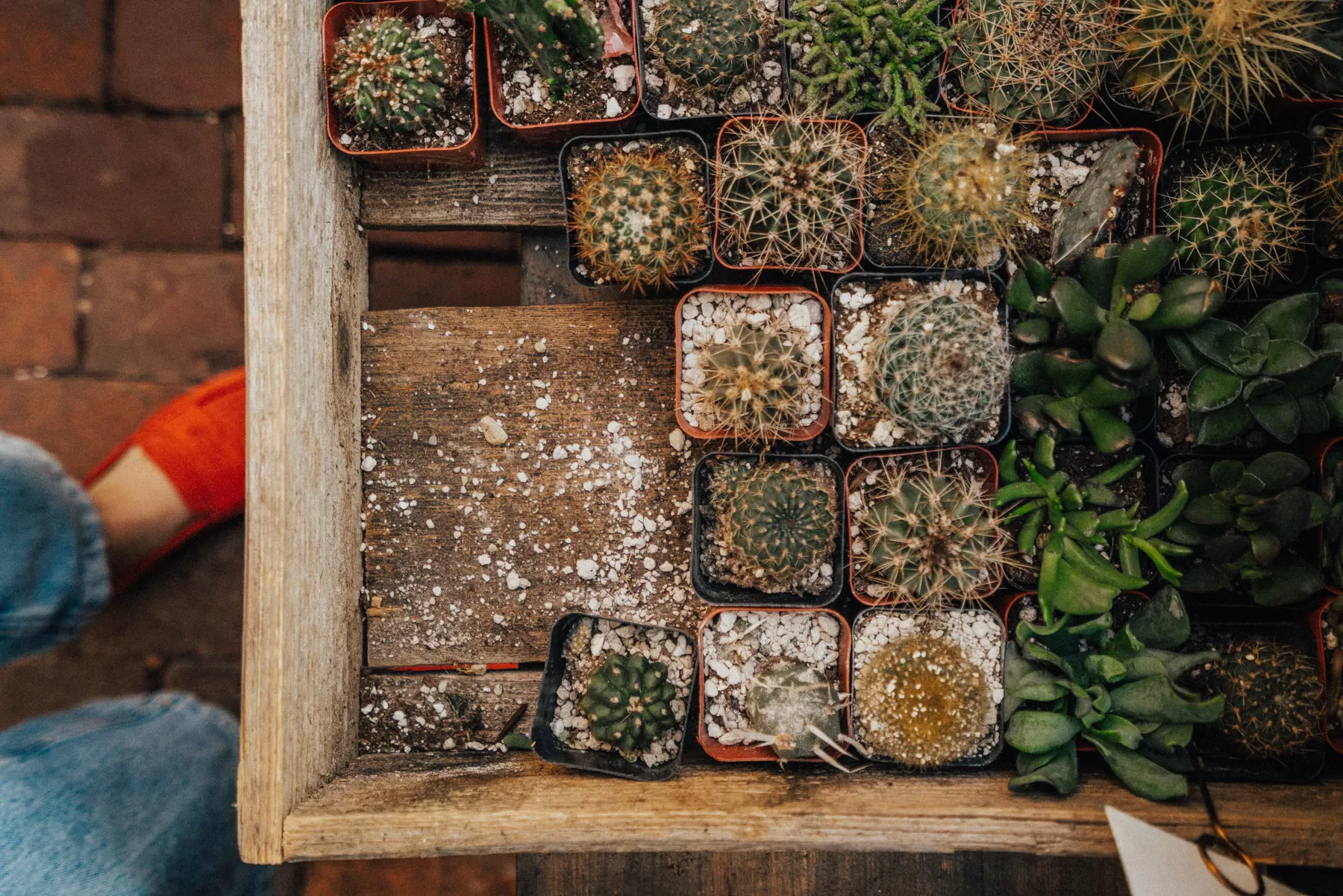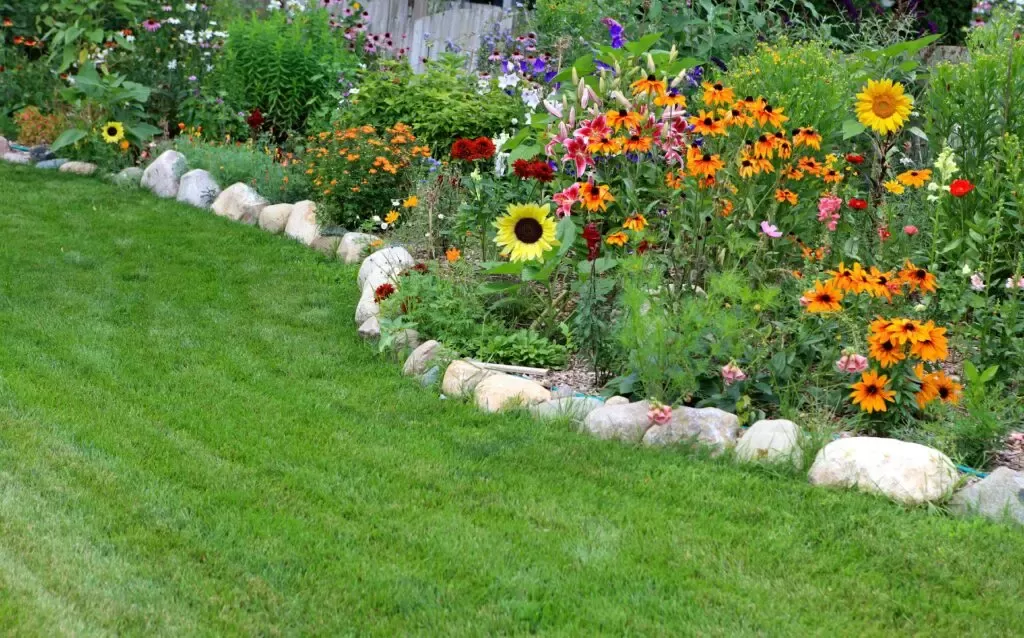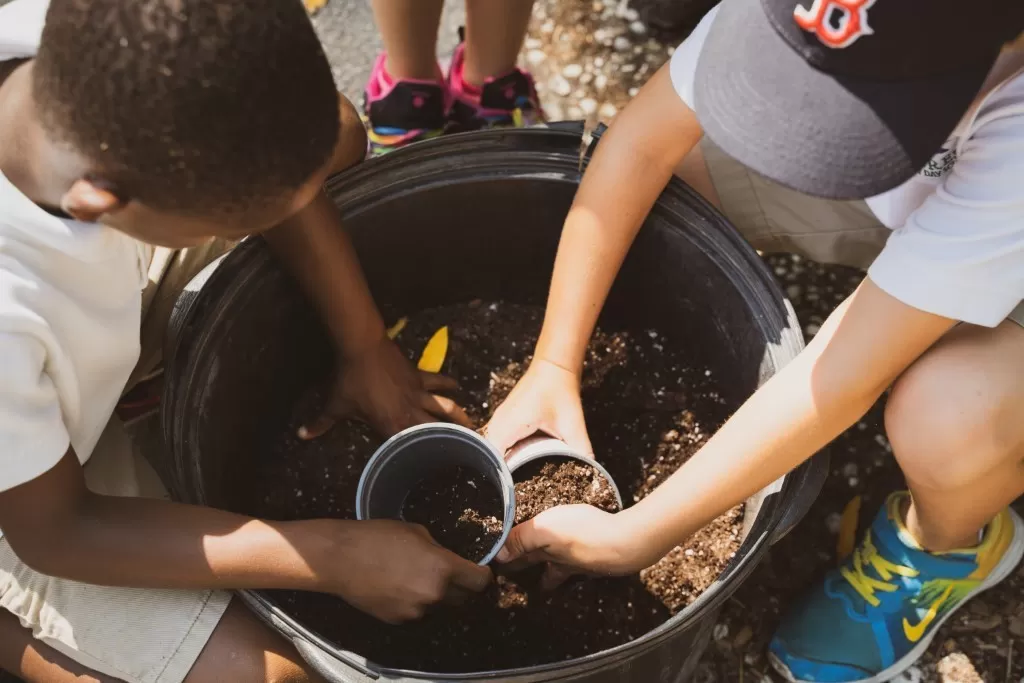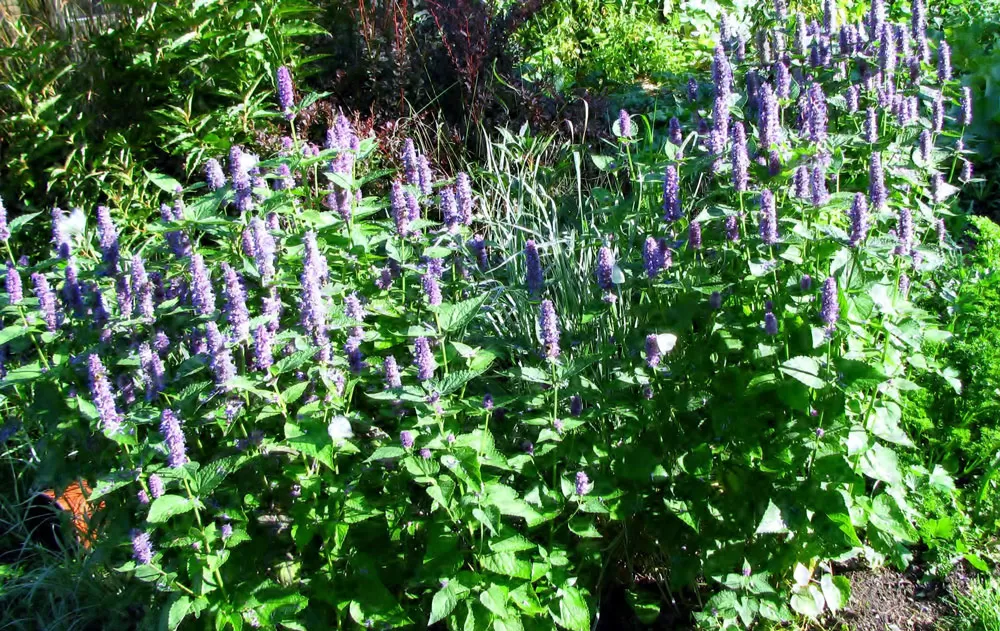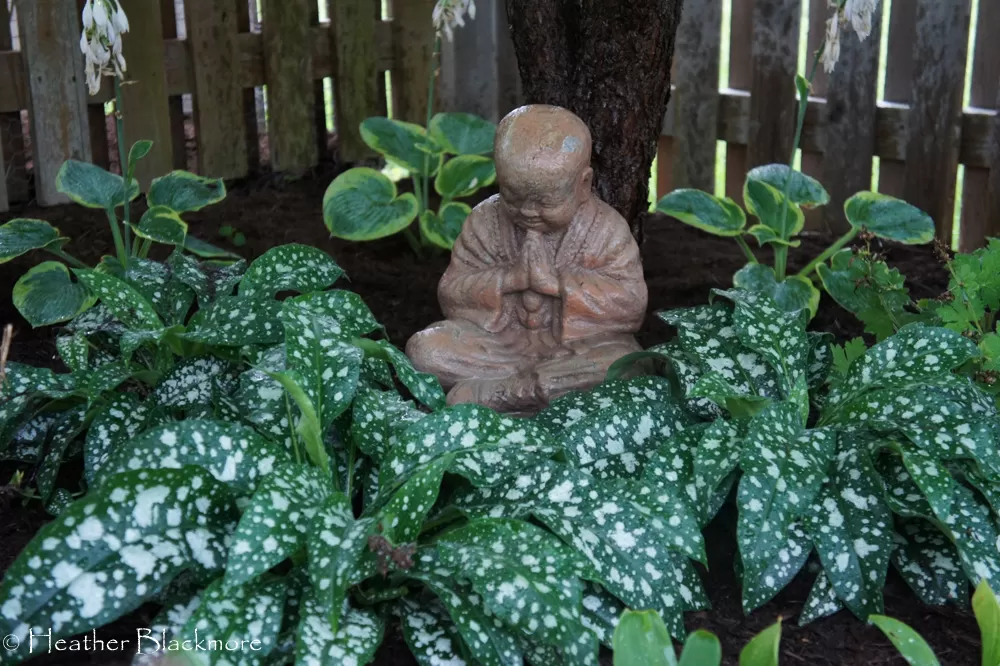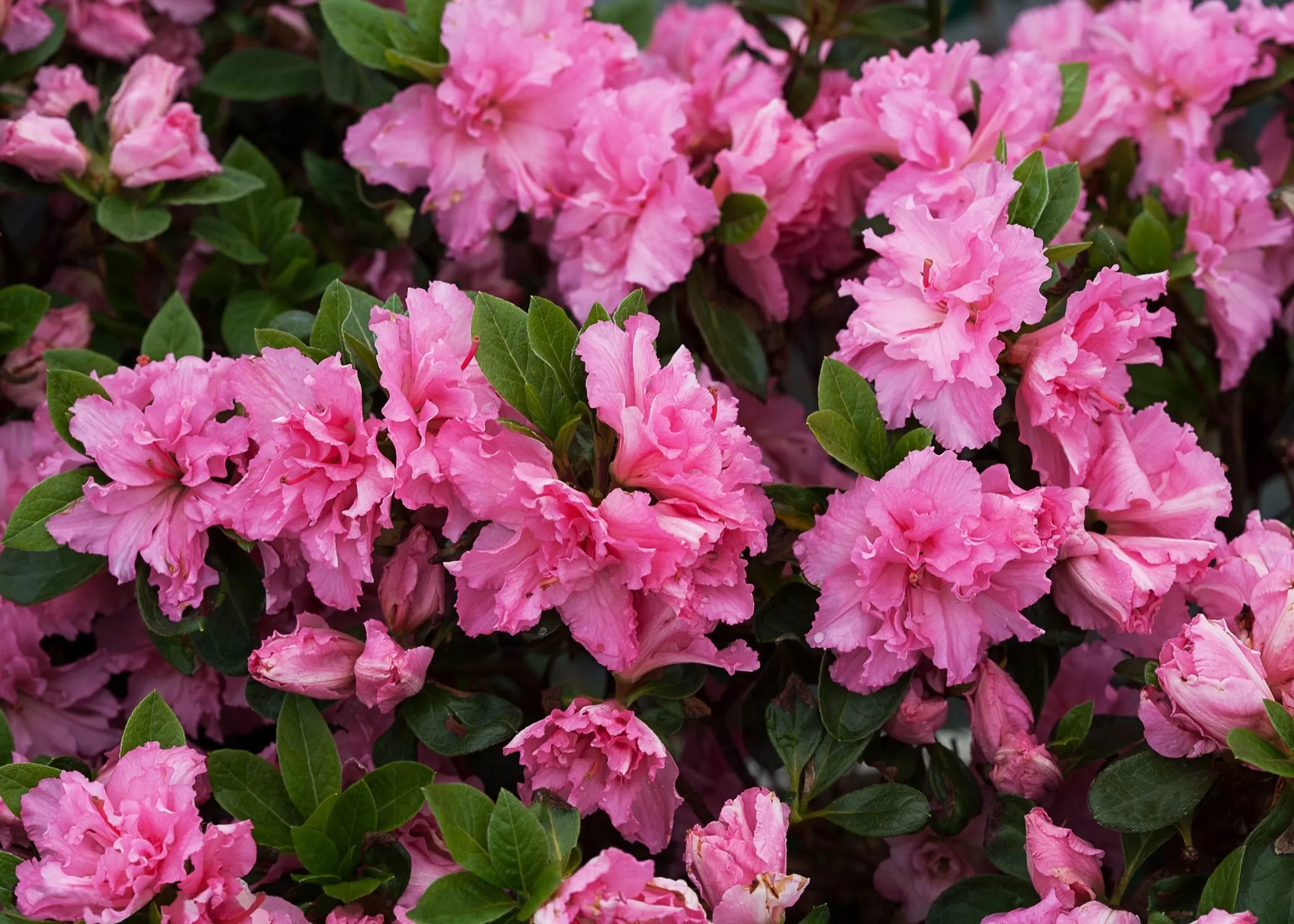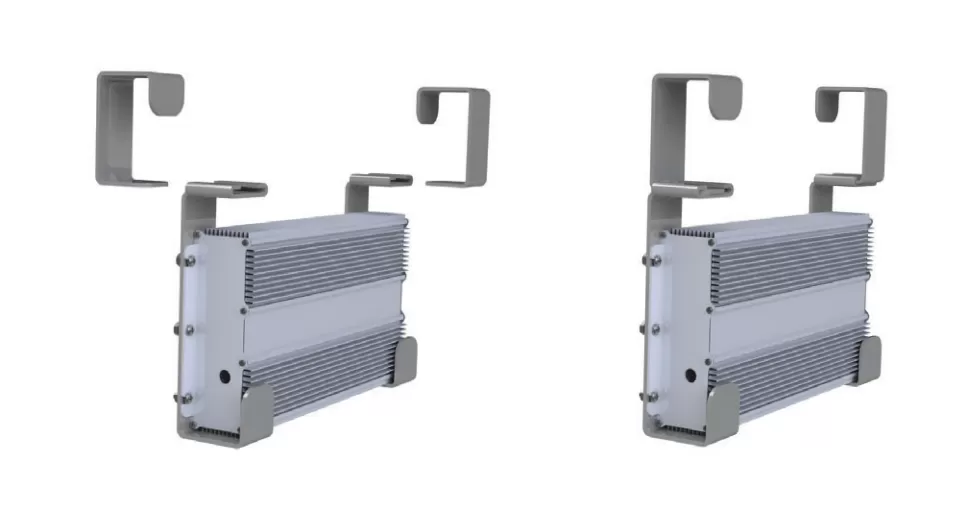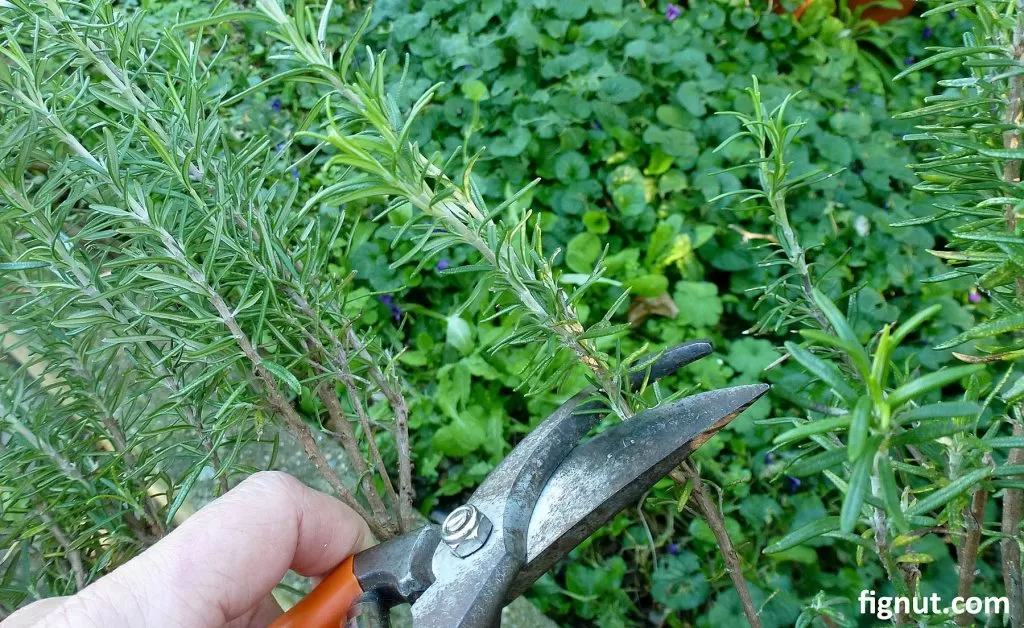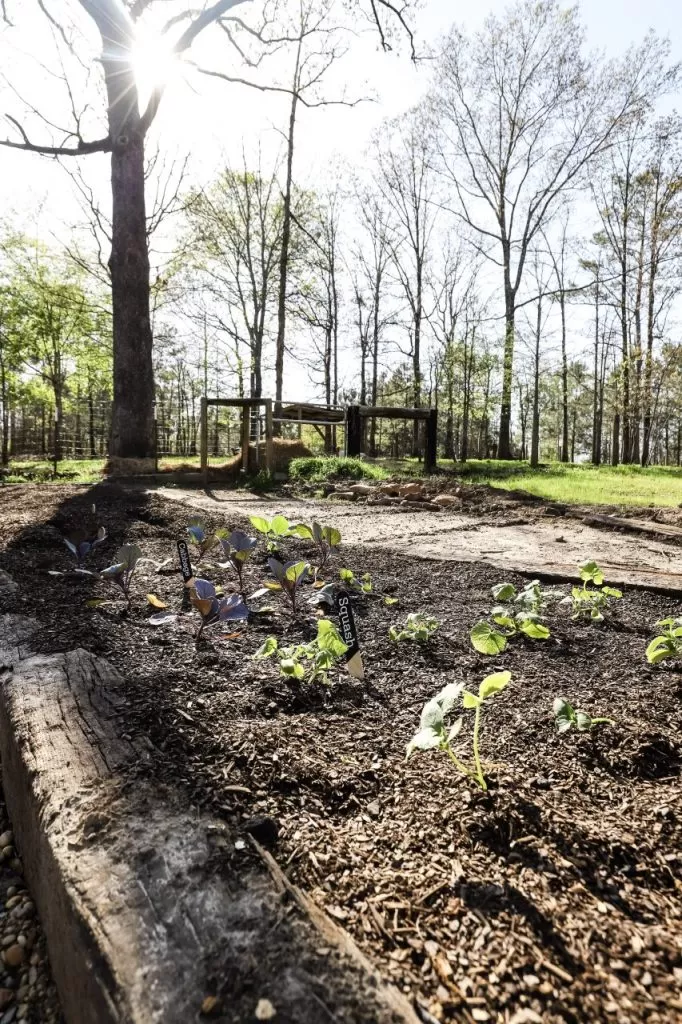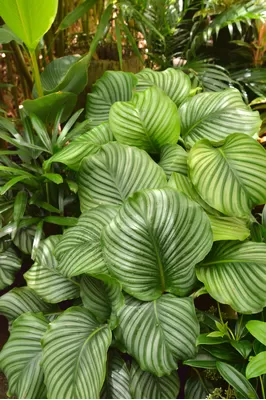- Healthy soil is the foundation of a vibrant, productive garden.
- Understanding soil’s physical, chemical, and biological properties is key to improvement.
- Simple practices like adding organic matter, minimal digging, and supporting soil microbes can transform your garden.
- Investing in soil health leads to stronger plants, better water use, and reduced reliance on chemical inputs.
Imagine the thriving world hidden beneath your garden’s surface. It’s not just dirt; it’s a dynamic, living ecosystem – the true heart of your garden. Just like our own health, the health of this underground world dictates the vitality of everything growing above it. When soil is healthy, plants flourish, resisting pests and diseases, using water and nutrients efficiently, and rewarding you with abundant blooms or harvests. Poor soil, however, leads to struggling plants, constant battles with problems, and endless frustration. The good news is that improving soil health is achievable for any gardener, and it’s one of the most impactful steps you can take for a truly thriving garden. Let’s dig into what makes soil healthy and discover practical ways to nurture this essential resource.
Contents
- What Exactly is Soil Health?
- Why Soil Health Matters in Your Garden
- Common Challenges to Garden Soil Health
- Pathways to Soil Health Improvement
- Feeding the Soil: The Power of Organic Matter
- Working With the Soil: Tillage and Structure
- Boosting Soil Life: The Underground Helpers
- Addressing Problem Areas: Soil Amendments
- Integrated Garden Practices: The Holistic Approach
- Checking Your Soil’s Pulse: Simple Assessment Tips
- Conclusion
What Exactly is Soil Health?
At its core, soil health is the capacity of your soil to function as a living ecosystem, supporting plant growth, filtering water, and sustaining life. Think of it as the soil’s overall fitness. This fitness isn’t just about adding fertilizer; it’s a complex interplay of three key areas:
- Physical Health: How the soil is structured – its texture (sand, silt, clay composition) and structure (how particles clump together into aggregates). Good physical health means soil is airy, drains well, and allows roots to grow easily. Compacted or crusted soil has poor physical health.
- Chemical Health: The balance of nutrients, pH level (acidity or alkalinity), and absence of toxic substances. Chemically healthy soil provides the right food for plants in forms they can use.
- Biological Health: The incredible diversity of living organisms in the soil, from earthworms and insects to countless microbes like bacteria and fungi. These organisms are the soil’s workforce, breaking down organic matter, cycling nutrients, and building soil structure.
Healthy soil keeps these three aspects in balance, creating a resilient environment that can withstand challenges and continue supporting lush plant life.
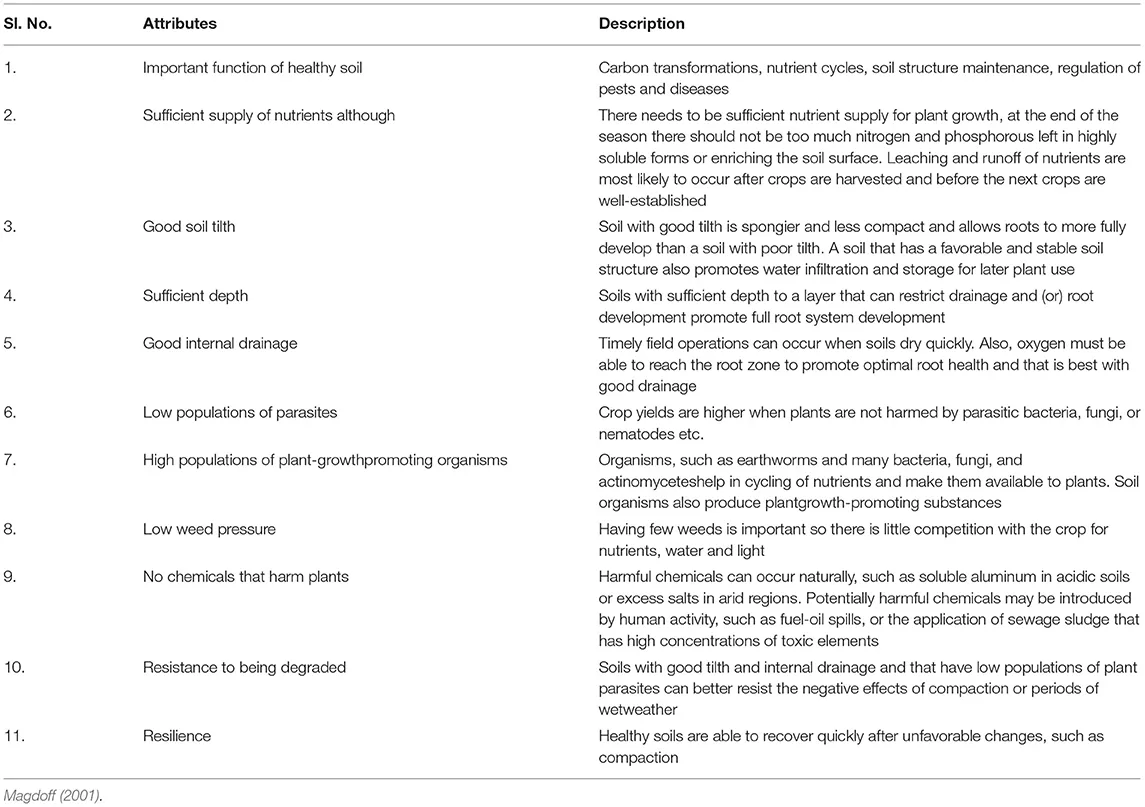 Characteristics of healthy soil
Characteristics of healthy soil
Why Soil Health Matters in Your Garden
The benefits of focusing on soil health improvement are enormous and directly impact your gardening success:
- Improved Plant Growth: Healthy soil provides plants with consistent access to water, air, and nutrients, leading to stronger root systems and more vigorous top growth.
- Better Water Management: Well-structured soil acts like a sponge, absorbing rainfall and irrigation more effectively and reducing runoff. This means you may need to water less frequently, and your plants are less stressed during dry spells.
- Enhanced Nutrient Availability: Soil microbes work tirelessly, converting organic matter and minerals into forms plants can easily absorb. This reduces the need for synthetic fertilizers and makes the nutrients you add go further.
- Natural Pest and Disease Resistance: Healthy soil fosters beneficial microbes that can suppress disease pathogens and supports a diverse ecosystem that helps control pests. Strong, well-nourished plants are also inherently more resistant to problems.
- Increased Resilience: Soil with good health is more resilient to extreme weather, whether it’s heavy rain causing waterlogging or drought drying out the surface.
Focusing on the soil makes gardening easier and more rewarding.
Common Challenges to Garden Soil Health
Even in a small home garden, soil can face challenges similar to those on a larger agricultural scale, just perhaps on a smaller footprint:
- Compaction: Walking on beds, using heavy tools, or even heavy rain can compact soil, squeezing out air and making it hard for roots to penetrate and water to drain.
- Loss of Organic Matter: Many garden soils start with low levels of organic matter, or it gets depleted over time if not regularly replenished, especially with intensive planting.
- Nutrient Imbalance/Depletion: Continuous harvesting removes nutrients. Relying solely on synthetic fertilizers can sometimes lead to imbalances or neglect of essential micronutrients.
- Poor Drainage or Waterlogging: Soils with high clay content or those in low-lying areas can become saturated, drowning roots and creating anaerobic conditions.
- Soil Acidity or Alkalinity (pH): Extreme pH levels can lock up nutrients, making them unavailable to plants.
Recognizing these issues in your own garden is the first step toward improving soil health.
Pathways to Soil Health Improvement
The exciting part is that many effective strategies for soil health improvement are simple, accessible, and align perfectly with sustainable gardening principles.
Feeding the Soil: The Power of Organic Matter
This is perhaps the single most important thing you can do for your soil. Organic matter – compost, well-rotted manure, leaf mold, cover crops, mulches – is the fuel for the soil ecosystem.
 Functions of soil organic carbon demonstrated, showing benefits like aggregation, water holding, nutrient cycling, and supporting biology.
Functions of soil organic carbon demonstrated, showing benefits like aggregation, water holding, nutrient cycling, and supporting biology.
- Composting: Turning kitchen scraps and garden waste into compost creates a nutrient-rich soil amendment that improves soil structure, water holding, and feeds microbes.
- Mulching: Covering the soil surface with organic materials like straw, shredded leaves, or wood chips protects the soil from erosion, conserves moisture, suppresses weeds, and breaks down over time to add organic matter.
- Cover Cropping: Planting specific crops (like legumes, clover, or rye) during off-seasons can add organic matter, capture nutrients, suppress weeds, and improve soil structure. Legumes also fix atmospheric nitrogen, adding this vital nutrient to the soil.
 Conceptual comparison showing how conventional tillage disrupts soil structure compared to minimal disturbance methods, highlighting the benefits of leaving crop residue on the surface.
Conceptual comparison showing how conventional tillage disrupts soil structure compared to minimal disturbance methods, highlighting the benefits of leaving crop residue on the surface.
Working With the Soil: Tillage and Structure
Traditional gardening often involves digging or tilling. While this can help initially, excessive or inappropriate tillage can break down soil aggregates, lead to compaction, and harm soil organisms.
- Minimal Digging or No-Till: Adopting a no-dig approach means leaving the soil structure intact and adding organic matter to the surface. Earthworms and other soil life pull it down, naturally aerating the soil and building structure over time. This reduces disturbance and helps build stable carbon in the soil.
Boosting Soil Life: The Underground Helpers
The billions of organisms in healthy soil are essential partners.
- Reduce Chemical Use: Pesticides and some synthetic fertilizers can harm beneficial soil microbes and insects. Opting for organic pest control and feeding the soil (rather than just the plant) encourages a healthy soil food web.
- Encourage Diversity: Growing a variety of plants and adding diverse organic materials supports a wider range of soil organisms, creating a more robust and resilient ecosystem. Using compost and organic mulches directly feeds these beneficial communities.
Addressing Problem Areas: Soil Amendments
Sometimes soil has specific issues that need targeted help.
- Correcting pH: If your soil is too acidic, adding lime can raise the pH. For overly alkaline (sodic) soil, amendments like gypsum can help improve structure and nutrient availability. A simple soil test is crucial before adding amendments to understand what’s needed.
Integrated Garden Practices: The Holistic Approach
Thinking about your garden as an interconnected system, much like a natural ecosystem, can guide your practices.
 Table illustrating how various soil degradation issues can negatively impact crop yields and growth.
Table illustrating how various soil degradation issues can negatively impact crop yields and growth.
- Crop Rotation: Changing where you plant specific types of vegetables each year prevents the buildup of soil-borne pests and diseases and helps manage nutrient demands.
- Polyculture/Companion Planting: Growing different plants together mimics natural diversity and can improve soil health, deter pests, and enhance nutrient cycling.
- Recycling Resources: Using garden waste, rainwater, and other on-site resources minimizes external inputs and supports a more circular, sustainable system.
 Table highlighting how soil degradation can lead to inefficient use of valuable resources like water and nutrients in plant cultivation.
Table highlighting how soil degradation can lead to inefficient use of valuable resources like water and nutrients in plant cultivation.
Checking Your Soil’s Pulse: Simple Assessment Tips
You don’t need a lab to get a basic sense of your soil’s health:
- The Squeeze Test: Grab a handful of moist (not soaking wet) soil. Squeeze it gently. If it holds together in a loose ball and crumbles easily when poked, you have good structure. If it forms a hard, tight ball or falls apart completely, structure needs work.
- The Smell Test: Healthy soil often has a pleasant, earthy smell, indicative of active microbial life. Sour or foul smells can indicate poor drainage or anaerobic conditions.
- Look for Earthworms: A healthy population of earthworms is a great sign of good biological activity and soil structure.
 Conceptual illustration showing benefits of adding green manure or cover crops to soil, such as improving soil structure and adding organic matter.
Conceptual illustration showing benefits of adding green manure or cover crops to soil, such as improving soil structure and adding organic matter.
Conclusion
Improving soil health is not a one-time task but a continuous journey that yields incredible rewards. By focusing on building your soil’s physical, chemical, and biological vitality through practices like composting, mulching, minimal digging, and supporting soil life, you create a resilient foundation for your garden. This proactive approach reduces problems, increases productivity, and fosters a deeper connection to the natural world thriving right beneath your feet. Start small, observe your soil’s response, and take confidence in knowing that every spadeful of compost or layer of mulch contributes to a healthier, more vibrant garden for years to come.
Ready to transform your garden from the ground up? Share your soil improvement journey or questions in the comments below! Explore more articles on Thelittle.garden for tips on sustainable gardening and creating your dream green space.


